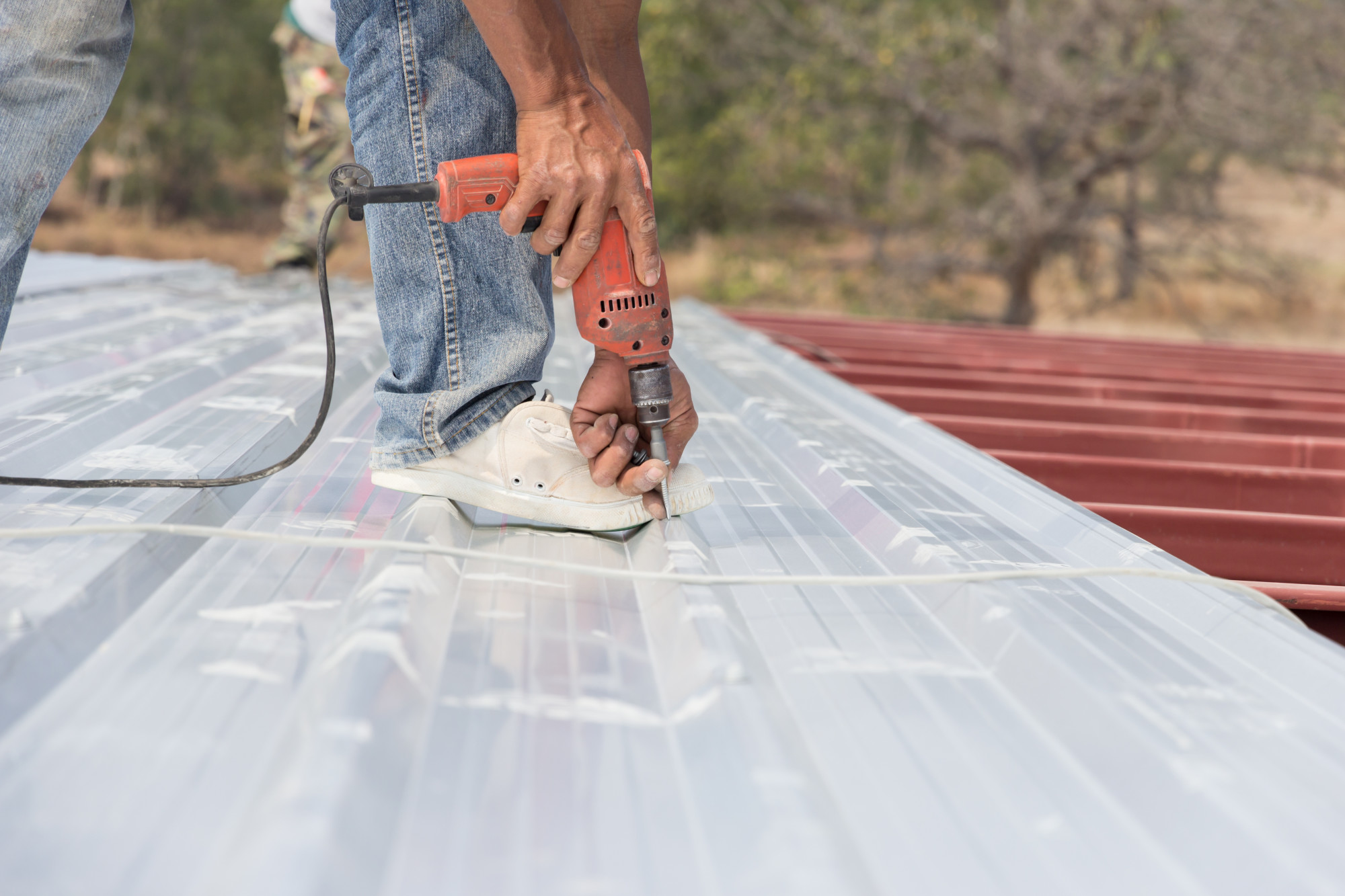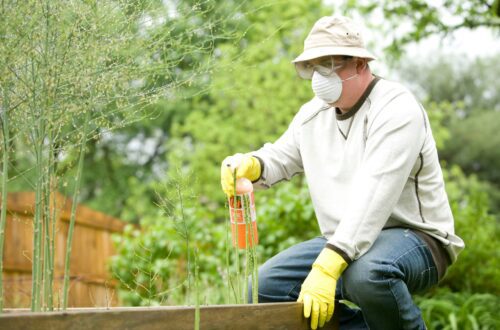Dishwashing. It’s one of the first household chores you get the ‘privilege’ of doing as you move through the stages of childhood. Eating’s fun. Washing dishes? Not so much.
Like it or loathe it, unless we upgrade to a dishwasher, hand washing dishes is something we’re stuck with for life. Believe it or not, there is a right and a wrong way to do it. And the right way is going to save you time, and even save you money.
Intrigued? Let’s roll up our sleeves and boogie on down to dish wash town to finally learn how to wash dishes – the right way!
History of Dish Washing
Wait, what do you mean ‘history of dish washing’? Haven’t people been washing dishes practically since time began?
Well, that’s a whole other debate. But the modern-day history of dishwashing is actually pretty interesting. Especially when you consider that back in 1900, most homes didn’t even have a sink in the kitchen.
After dinner, the family boiled water for washing. They put lye soap in a dishwashing bucket and added cold water. Hard work – especially with no running water in the house.
A major breakthrough in the history of dishwashing was the invention of liquid dish soap. The very first liquid dish soap to hit the market was Joy dish soap. This became available to the American public in 1949.
Now, companies marketed dish soap as not only effective at cleaning the dishes. It also left your hands soft and clean. Just ask Dick van Dyke – he featured in early TV ads for Joy dish soap.
Now we know the history, let’s get down to how to do it right.
How to Wash Dishes 101: Prepare for Success
It’s tempting the charge in, get the water running, and start squeezing the dish soap. But first, take a step back. All that will come in good time. The first thing to do is get everything prepped and ready.
Get the Right Equipment
Dishwashing equipment doesn’t need to be flashy or expensive. You will need:
- Dish soap
- Sponge with a scrubbing pad
- Dishwashing brush (optional, but useful for stuck-on food)
- Dish drying rack
Prepping the Dishes
Start by scraping down all the dishes. For hygiene, consider using a rubber spatula or paper towel to scrape the debris into the garbage can.
If you have pans full of used oil, allow them to cool completely. Then use a funnel to put it back in the bottle and check local arrangements for disposal. Never pour oil or grease down the drain – they cause serious issues later.
If you have stuck or burnt-on food on your dishes, soaking is the key to easy dis washing. Fill the dishpan with hot water and add a squirt of detergent. Alternatively, fill the pan with hot water and add a little detergent to it. A thirty-minute soak will loosen most stuck-on food.
Top tip – if you’ve jumped onto the lockdown sourdough craze, you may wonder how to loosen concrete-like deposits of dough and starter from bowls. Soak them in cold water. Hot water can make them even harder to remove.
Get the Order Right
Whatever sink or drying arrangements you have, there is a golden rule to follow: lightly soiled items first.
This usually means that glasses go first. Then cups, saucers, and side plates. Stack these ready to be washed. Next come slightly dirtier items, such as dinner plates and serving dishes. Finally, it’s time for the workhorses of the kitchen – pots, pans, and bakeware.
Fill the Sink – or Sinks
All kitchens have one main sink for washing. Fill this (or you may have a dishpan insert to fill) with clean, hot water. Check how much dish soap you actually need. Some are concentrated and only need a little squirt. Usually, less is more – too much as you will find it hard to wash it all off.
Some people like to mix things up by putting dish soap directly on the sponge. In the business, this is known as the ‘neat’ method. This can also be effective, but a word of caution – don’t use too much.
For Those with Second Sinks
Some kitchens come equipped with a second sink. This is for rinsing. Once the washing sink is full, fill the rinsing sink with hot, clean water. Do not add any detergent to the water.
Everybody in the Pool
Now it’s time to get started. Starting with the lightly soiled items, place them individually under the water and start scrubbing. Usually for lightly soiled items a gentle once over with the sponge is all that is needed.
Try to keep the item being washed submerged while you are washing it. This keeps the warm, sudsy water in contact with it for the longest amount of time. Bring it out occasionally for a visual check.
Every item needs to be rinsed to remove the residue of dish soap suds. If you have a second sink, a quick shake under the clean water should get the job done. If you don’t, rinse them under running, hot water. If you have an extendable spray tap, you can use this to rinse a lot of dishes at the same time on the drying rack.
Give Them a Quick Soak
As you start to work your way onto the dirtier dishes, giving them a quick soak will save you even more time in the long run. For example, a small stack of plates benefits from a few seconds wallowing in the water before you start scrubbing them down.
As you get deeper into the dirtier dishes, you’ll find the water becomes murkier. Time for a change. Pull the plug, wash it all away, and start again with fresh, hot water with the right amount of dish soap.
Beware of Hidden Knives
Sharp knives lurking beneath the murky water are the sharks of the kitchen – ruthless and out to get you. Kitchen knives cause more ER visits every year than any other kitchen item. Keep them to one side until you are ready to wash them.
It can be tempting to throw them in with everything else and hope for the best. In the end, it’s not a time saver. Your digits will thank you for taking care.
Washing Under Running Water?
We mentioned at the outset that these dishwashing tips could help you to save money. Not only do we advise using the correct amount of dish soap, but also avoiding the running water method. This method works – it does – it just costs a lot of money!
Not only do you use more water, but you also use more energy to heat the water. Our recommendation – fill a dishpan and change the water once or twice. You’ll be dishwashing the economical way.
How to Wash Silverware
Whether your silverware is made of actual silver or not, the washing instructions are pretty much the same. Warm, soapy water and a thorough rinse are all that is needed. The key is in the drying.
To prevent tarnish, keep your silverware dry. As soon as possible, buff them dry with a clean, dry dishtowel.
For actual silverware, it’s good to give them a thorough clean once in a while. All you need is boiling water, baking soda, and kosher salt. Mix the three and soak the silverware in the solution for five minutes. Thoroughly dry afterward. This will keep them glistening and fresh.
Here Endeth the Lesson – How to Dry Dishes
The dishes are washed, now the question is to air dry or towel dry.
There are pros and cons to both. Air drying is convenient – you don’t have to do anything. The cons are that you need lots of space to keep all your dishes out so that they can all dry. Also, there are usually little crevices that fill with water and never dry. They’ll be all over your dishes and all down your hands when you try to put them away.
On the other hand, towel drying takes a little time. You may need to use several towels because you should replace them when they get wet. But it clears the kitchen, and it allows you to buff glassware and silverware to a pleasing shine. If you have the time, this is our recommended option.
Once the dishes are dried and put away, you have a clear kitchen that is easy to clean. The stove can be accessed for cleaning. You can easily wipe down the countertops. The sink and drainer are clear and can be washed down. Kitchen order restored in minutes.
Now You Know How to Wash the Dishes
Knowing how to wash dishes is going to take your kitchen game to the next level. You’ll find hand washing dishes can be therapeutic – who doesn’t want soft hands! You’ll find them following the order above means it takes less time.
And who doesn’t love coming into a bright, clean kitchen in the morning! It gets your day off to a good start.
If you enjoyed this article, we’ve got plenty more for you. We’ve got hacks and tips on health and beauty, home and garden, even money management.





